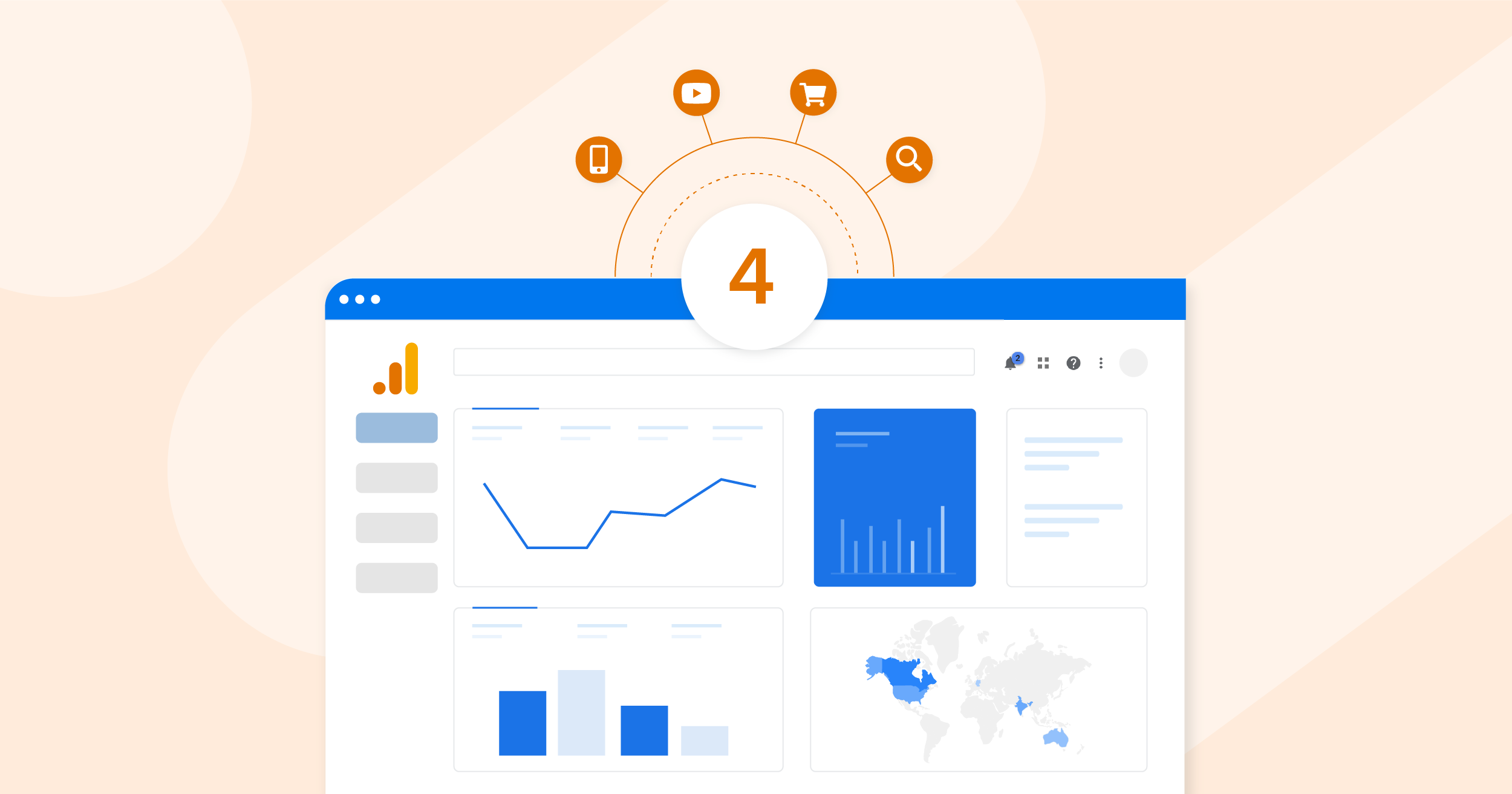Enhance Your Site Performance With Google Analytics Monitoring Code
In the digital landscape, comprehending customer communications with your site is important for optimization. This critical implementation not only notifies your decisions yet likewise paves the way for a much more appealing customer experience.
Understanding Google Analytics
Recognizing Google Analytics is important for site proprietors and marketing professionals intending to enhance their on the internet existence. This powerful device provides essential insights right into individual behavior, permitting stakeholders to make data-driven choices. By tracking different metrics, such as page views, bounce rates, and user demographics, Google Analytics aids identify which elements of a web site are carrying out well and which need enhancement.
One of the key functions of Google Analytics is its capacity to sector information. Customers can analyze traffic resources, individual engagement, and conversion rates throughout different segments, such as geographical places or tool kinds. This granularity allows marketers to tailor their methods to particular target markets, thus boosting the effectiveness of their projects.

Establishing Up Monitoring Code
To harness the complete possibility of Google Analytics, establishing up the monitoring code correctly is an essential step. The monitoring code, a bit of JavaScript, enables Google Analytics to accumulate data concerning individual interactions on your internet site. To begin, visit to your Google Analytics account and navigate to the Admin area. Under the Residential or commercial property column, pick "Tracking Info" and then "Tracking Code." Below, you will locate your special tracking ID, which starts with "UA-" followed by a collection of numbers.
Following, you'll need to install this code right into the HTML of your site. Ideally, put the monitoring code just before the closing tag on every web page you wish to check. If you're utilizing a material monitoring system (CMS) like WordPress, consider using plugins that assist in easy combination.
After applying the code, it's crucial to verify its functionality. Use the "Real-Time" records in Google Analytics to verify that information is being gathered as expected. By ensuring proper configuration, you create a strong structure for reliable information evaluation and strategic decision-making to improve your web site's efficiency.
Trick Metrics to Display
Regularly keeping an eye on key metrics in Google Analytics is important for evaluating your site's performance and user interaction. Amongst the essential metrics to track are page views, which provide insight into how frequently users visit various pages on your site. In addition, special visitors aid you understand the reach of your web content by suggesting the number of unique users are engaging with your website over a provided duration.
Bounce price is an additional important statistics, revealing the percent of site visitors that leave your site after viewing just one web page. A high bounce rate may signify concerns with content relevance or customer experience. Alternatively, session period suggests how lengthy visitors remain on your website, assisting you gauge web content efficiency and user rate of interest.
Conversion rates are vital for gauging the success of your site in attaining specific goals, such as type submissions or item purchases (when does the google analytics tracking code send an event hit to analytics?). Monitoring website traffic sources is additionally essential, as it aids identify which channels drive one of the most traffic and conversions, permitting even more targeted advertising strategies
Analyzing Visitor Actions

Additionally, tracking individual paths with the site aids reveal common navigating patterns. This information is important in determining whether customers can quickly locate the material they look for or if they experience obstacles that result in irritation. Identifying high leave pages can highlight locations that may need redesign or even more engaging material to retain site visitors.
In addition, segmenting individuals based on demographics, rate of interests, and behavior supplies a much deeper understanding of the target audience. This segmentation makes it possible for services to customize content and advertising and marketing strategies much more efficiently, raising the possibility of conversions. Inevitably, analyzing site visitor habits not just informs web site improvements but likewise cultivates a more user-centric technique, bring about improved complete satisfaction and commitment in time.
Applying Data-Driven Adjustments
Implementing data-driven modifications is necessary for boosting web site efficiency and achieving organization objectives. By leveraging insights gathered from Google Analytics, businesses can recognize locations for improvement and make notified choices to maximize customer see here experience.
First, assess vital performance indicators (KPIs) such as bounce rates, session duration, and conversion rates to pinpoint particular concerns influencing customer involvement - when does the google analytics tracking code send an event hit to analytics?. As an example, a high bounce price on a touchdown web page might suggest that the material is not resonating with visitors or that the page takes as well long to load

Conclusion
In final thought, the application of Google Analytics tracking code is crucial for maximizing internet site efficiency. By accurately monitoring individual actions and key metrics, important insights can be acquired, helping with data-driven decision-making.
By tracking different metrics, such as page views, bounce prices, and individual demographics, Google Analytics helps identify which aspects of a website are performing well and which require improvement.
Customers can assess website traffic resources, individual interaction, and conversion rates across different segments, such as geographic areas or gadget types. The monitoring code, a snippet of JavaScript, enables Google Analytics to accumulate information about customer communications on your site.Consistently checking crucial metrics in Google Analytics is vital for assessing your internet site's efficiency my link and customer involvement. By leveraging Google Analytics, web site proprietors can acquire valuable insights into just how individuals interact with their website.
Comments on “Professional Tips on When Does the Google Analytics Tracking Code Send an Event Hit to Analytics for Improved Information Precision”